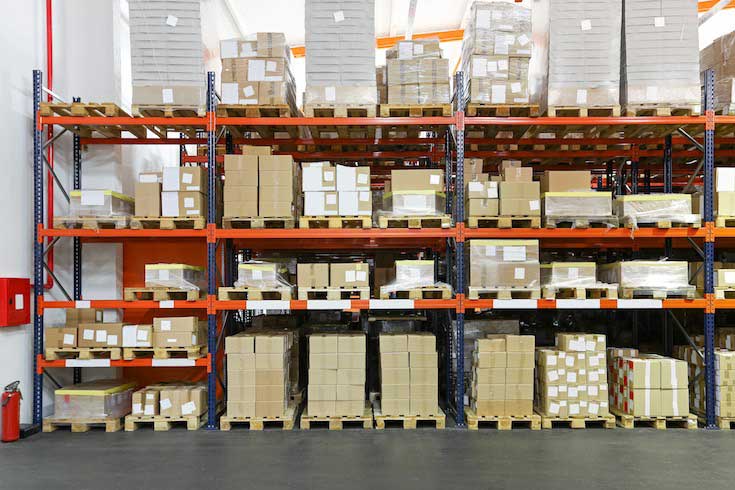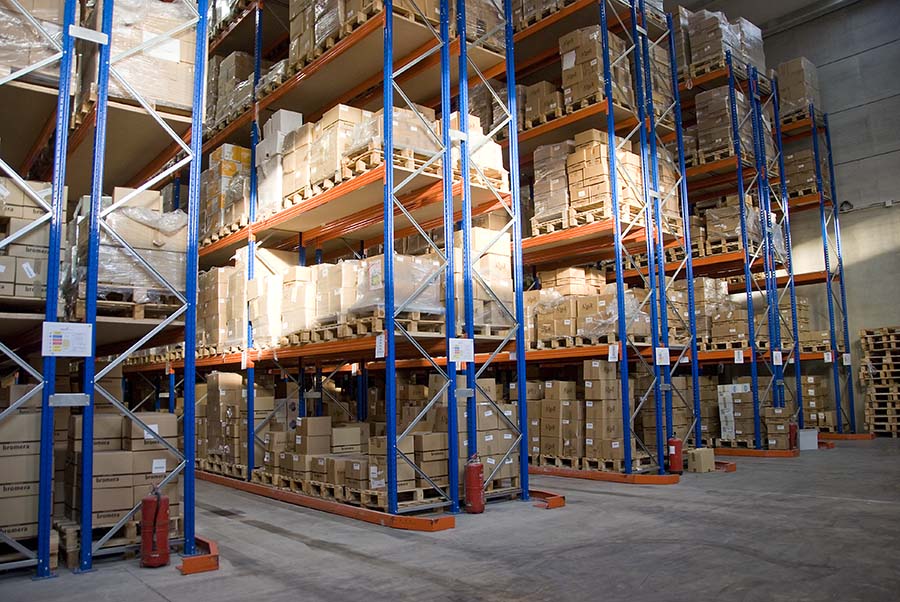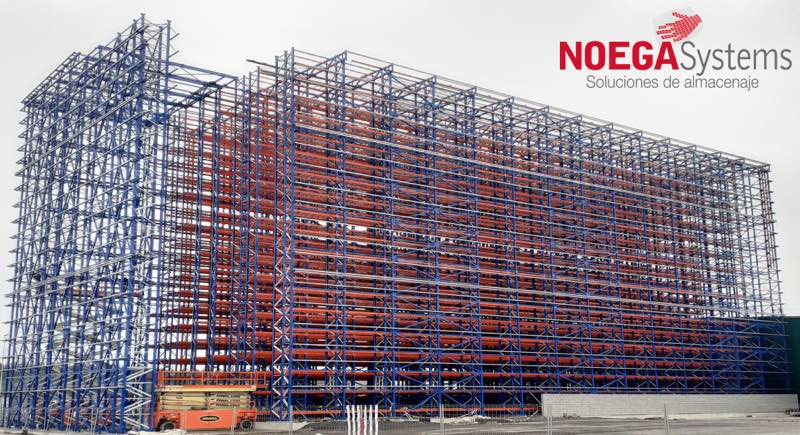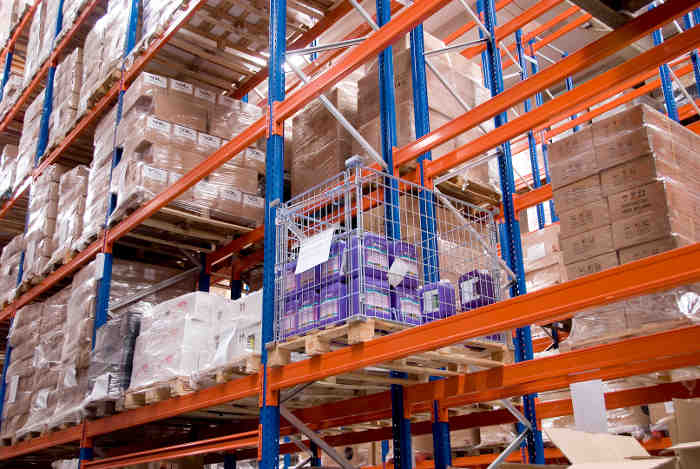Conventional pallet racking or APR (adjustable pallet racking) is the most extended industrial steel storage solution on the market. A versatile and flexible solution for most storage requirements and needs.
Most of us when thinking and talking about industrial racking, what we normally have in mind is the conventional pallet racking or APR (adjustable pallet racking).
Whenever we need to optimize the space available and increase the storage capacity in our warehouse, growing in height with a conventional pallet racking is normally the best, quickest and most price effective way of achieving our goal. Industrial steel pallet racking is a standardized solution, widely available in the market that can be sourced and installed very easily.
Conventional pallet racking, also known as adjustable pallet racking allows the direct access to all loading units at any time. This storage method, also known as chaotic storage, is especially suited for warehouses with a big number of different references and smaller batches of each reference.
As its own name says, the goods stored on an adjustable pallet racking are put on pallets which can be stored on the racking using the appropriate handling equipment (lift trucks). The dimensional design of the pallet racking depends among other things on the characteristics of the pallets and loading units.
The adjustable part comes from the way the system is constructed, permitting the adjustment of the loading levels in the height, making it also possible to combine it with a manual picking area at lower levels.
Benefits of using conventional pallet racking
It allows a logical distribution of the warehouse space, and easily adapts to the volume and the weight of loading units.
The loading units can be manipulated independently one of the other and are accessible all the time.
Is a flexible storage system that can easily be adapted to the user’s requirements to accommodate various load sizes.
Is a scalable solution. It can grow along with the customer’s expansion.
Modern pallet racking is built up of high quality steel roll formed profiles. The vertical open profiles, perforated on its front in the whole height, are assembled together in pairs conforming the frames that transmit the loads onto the floor slab. On these frames are installed the loading beams that support the pallets.
Depending on the type of handling equipment used, a pallet racking system can be classified in wide aisle, narrow aisle or very narrow aisle (VNA) systems. Tolerances, deformations and clearances vary from one group to the other:
1) Wide aisle, class 400. According to norm EN 15620.
Aisles with sufficient width to permit the fork lift truck to traverse the length of the aisle and make 90º turns for loading and unloading.
2) Narrow aisle, class 400. According to norm EN 15620.
Pallet racking arranged with narrower aisles for use with more special lift trucks.
3) Very narrow aisle (VNA), class 300 A and 300 B according to norm UNE 15620.
The aisles are of sufficient width to cater only the truck and the unit load width plus an operational clearance where the truck cannot make 90º turns for loading and offloading.
– 300A or man-up: the truck operator is raised and lowered with the unit load.
– 300B or man-down: the truck operator remains at ground level.
With pallet racking components other systems can be built like drive-in and drive-through, push back pallet rack, pallet flow systems, or racking on mobile bases. Depending on storage requirements, available space, lift trucks used, turnover of loading units, and other factors, alternative storage solutions to the conventional pallet racking can be designed and deployed.
Pallet racking apart of a storage system, must also be considered as work equipment. This means for the purchaser or employer, that pallet racking is subjected to comply with local health and safety regulations, specifically in all related with inspections, maintenance, risk assessment and training of the users.
They have to follow the manufacturer’s recommendations for use and maintenance, and make sure that the employees and workers are properly trained and are competent in the use of steel storage systems. The use of unsafe work equipment is not permitted.
Further to health and safety regulation, there are technical norms for the calculation, inspections, etc. of pallet racking that have to be followed and applied. Chief among them are:
– EN 15512: principles for structural design of adjustable pallet racking.
– EN 15620: tolerances, deformations and clearances.
– EN 15629: the specification of storage equipment.
– EN 15635: application and maintenance of storage equipment.
To comply with all technical and safety regulations, it is worthwhile to rely on a competent and experimented partner and supplier. The implications in your productivity and safety are not minor.
At Noega Systems we are specialized in the design, manufacture, assembly and inspection of all types of metal shelving, industrial and storage systems. If your company needs advice in this area, do not hesitate to contact us.




